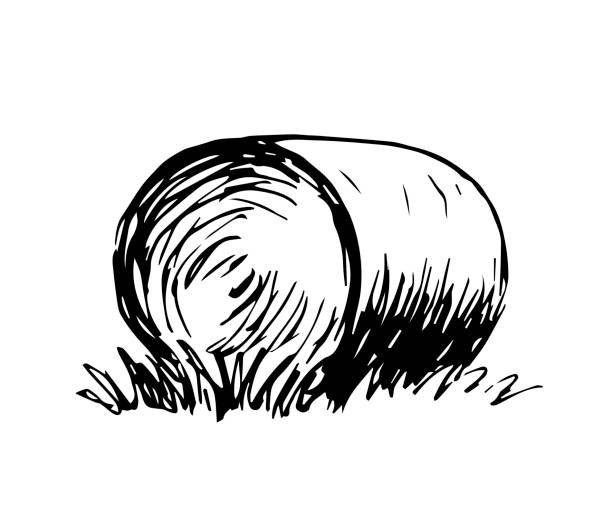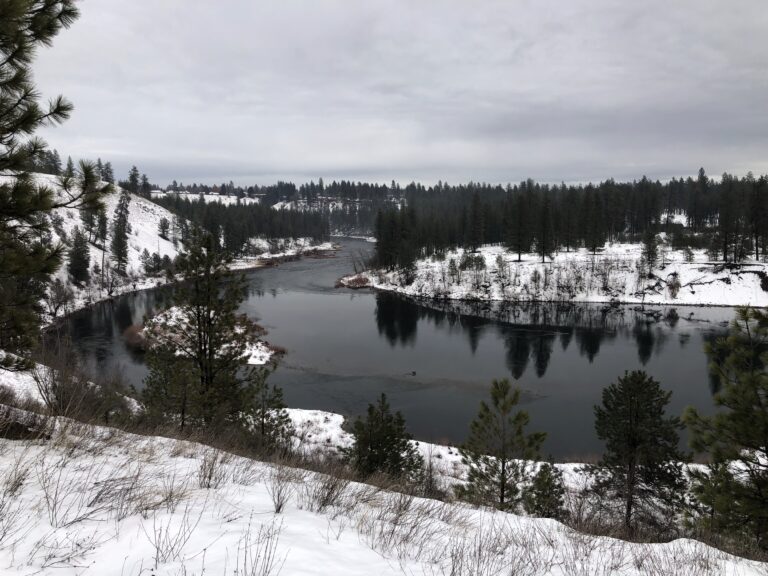It’s that time again. Time to start your indoor seedlings and get your green thumb ready for spring. Whether you’re planting your first garden, growing vegetables in pots on your porch or investing in a community garden, here’s some advice to get your starters started.
Take Notes
Keeping a garden log or journal may sound cute, but if you want to maximize your garden growth and yield year after year, it helps to have a record of what you did before.
Choose Your Starters
Not everything grows well in the Inland Northwest. For example, you wouldn’t want to become an avocado, citrus or coffee grower, since these fruits don’t tolerate freezing temperatures and are primarily grown in tropical and subtropical climates. Still, there is an abundance of vegetables, berries and flowers that flourish here. One of the most comprehensive sources for knowing what to grow and when is The Old Farmer’s Almanac. Its comprehensive website has a gardening calendar, online planner, growing guides, last frost dates and much more. You should also know what plants need to be started indoors and which can be planted directly into the ground (see sidebar for suggestions).
Actually Start
Indoor start times differ with each plant, and seed companies provide rather vague instructions on packages. A good rule is to start warm-weather plants about six weeks before the last projected frost, and start cool-weather plants (like cruciferous veggies) about three weeks prior. Here’s where that log book will really come in handy. One thing everyone agrees on when starting seeds: Do not use potting soil. Seedling starts need plenty of air and water circulation, and potting soil restricts root growth and can promote house plant gnats. So annoying. Instead, use peat moss and plant in something breathable, like paper egg cartons, which are also biodegradable. If you are a first-time gardener, pre-made starter packs from your local garden store or greenhouse come with instructions and moss pucks ready to go. Just add seeds and water and be sure to mark them so you know what is growing when they sprout.
Finally, temperature and sunlight are essential for growth speed and seedling strength. Cooler temperatures slow seedlings’ growth, but if you forget and plant a bit closer to May, a warm spot in the sun, after seedlings have broken through the moss, will make them grow like weeds. Partial sun is great when you first plant, but daylight as they grow tall will promote chlorophyll, leafing and hardiness.
Get Planting
Not sure if you really want to go through the work of growing anything this year? Just remember how delicious and satisfying it is to eat a perfectly ripe tomato straight out of a garden, or bury your hands in rich, warm soil, or go outside every morning and say hello to new blooms and budding fruit. Yeah, it’s pretty darn sweet. Now go plant something and add a little more life to the world. //













